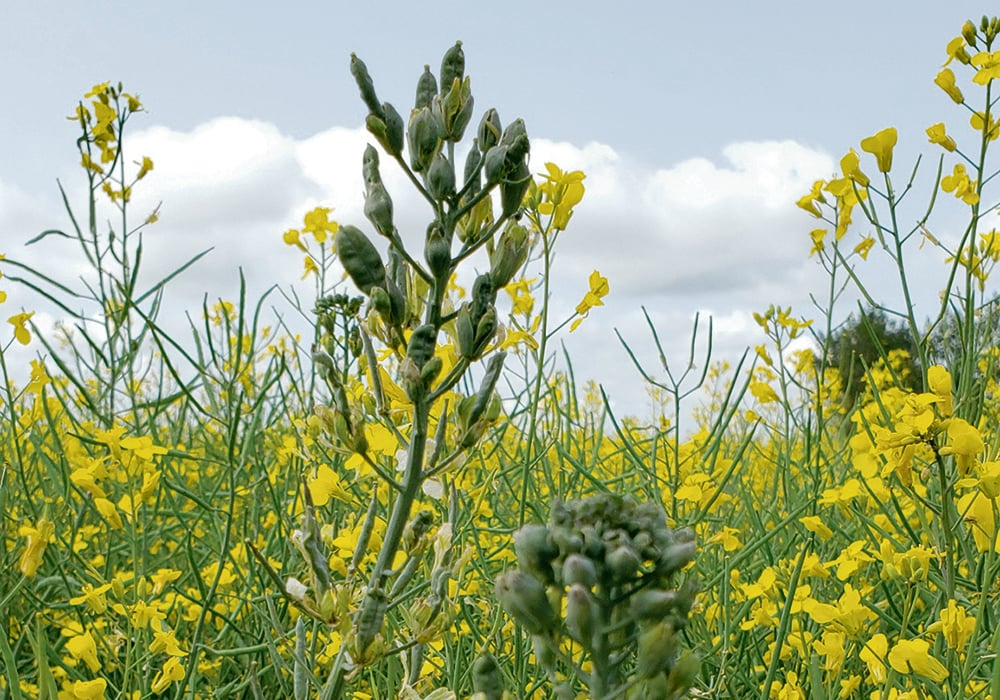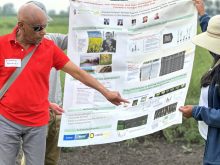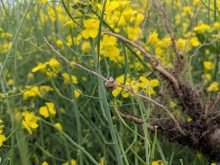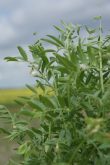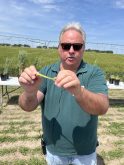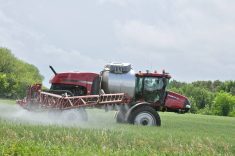Clubroot levels in the province stay low, but a field near Roblin is highly infected with the soil-borne disease
Aster yellows likely reduced canola yields in some Manitoba fields this fall, as the disease was five times more common in 2023 than it was last year.
Manitoba Agriculture plant pathologist David Kaminski released preliminary results of the annual canola disease survey for the province during a presentation in early September.
About 20 percent of surveyed fields had plants with symptoms of aster yellows — a disease spread by aster leafhoppers.
In 2022, only four percent of canola fields had aster yellows.
“We had a lot of aster leafhoppers in the spring,” Kaminski said during Manitoba Agriculture’s weekly CropTalk, an online update of crop progress in the province.
Read Also
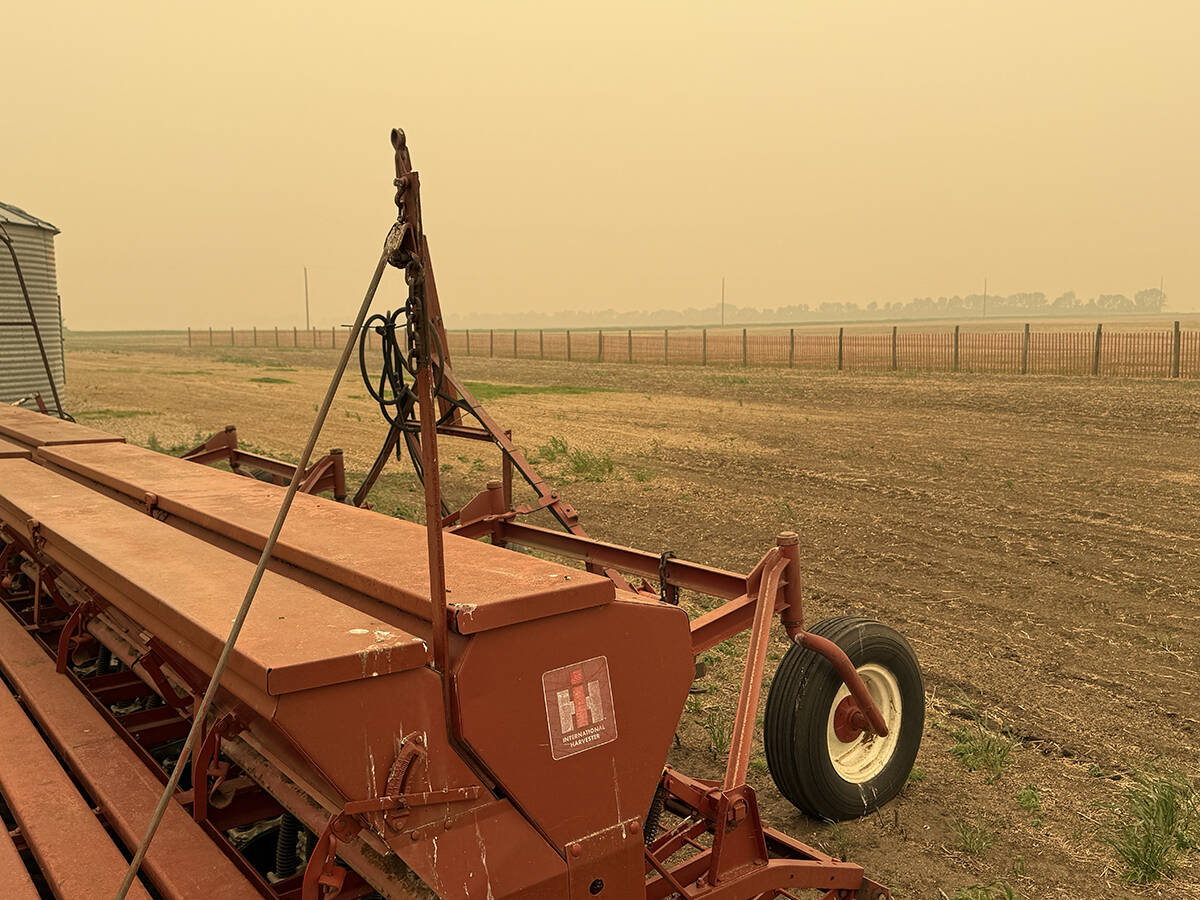
Wildfires have unexpected upside this year
One farmer feels smoke from nearby wildfires shrouded the July skies and protected his crop from the sun’s burning rays, resulting in more seeds per pod and more pods per plant.
Aster leafhoppers blow in from states like Kansas or Nebraska and a percentage of the insects arrive with the pathogen that causes aster yellows. Testing done in the spring found that more leafhoppers had the disease in 2023 compared to historical averages.
Canola plants infected with aster yellows turn blue-green, develop misshapen seeds and stand taller than healthy canola plants.
A field with a few infected plants is not a problem, but there have been years with severe outbreaks in Western Canada “in 2000, 2007 and in 2012 (with a five to 84 percent infection rate), resulting in a significant yield reduction for many growers across the Prairies,” says the Canola Council of Canada website.
The overall impact on 2023 canola yields is still unclear, but there could be geographic pockets where aster yellows cut into production.
During the CropTalk, Kaminski shared preliminary results from 100 canola fields that were surveyed in 2023. Crop scouters actually looked at 130 fields, but Kaminski had compiled the data for 100 fields.
The following are the results:
- 86 percent of fields had blackleg
- 25 percent had verticillium
- 20 percent had aster yellows
- seven percent had sclerotinia
- one percent had clubroot
Only one field out the 100 showed symptoms of clubroot, but it was a nasty case of the soil-borne disease.
The field by Roblin, which is near the Manitoba-Saskatchewan border, had massive galls on the roots of canola plants.
“Twenty percent of the plants had severe clubroot,” Kaminski said, adding a couple of years ago, the grower conducted soil tests and found clubroot spores in that field.
The number of canola fields with verticillium was down from 2022. Last year about 40 percent of fields in the survey had verticillium, a disease that infects the plant’s stem and can be confused with blackleg.
The fungal infection interferes with the uptake of water and nutrients in the plant. Symptoms include early ripening, plant stunting and leaf chlorosis, or yellowing of the leaf tissue. The symptoms usually appear late in the growing season.
The disease is still relatively new. It was first discovered near Winnipeg in 2014 and has spread westward and is now common in eastern Saskatchewan.
Plant disease experts surveyed the province at the end of the growing season, looking for verticillium and other diseases across Saskatchewan.
Alireza Akhavan, provincial plant pathologist, said they’re still conducting surveys so results won’t be available for a while.


